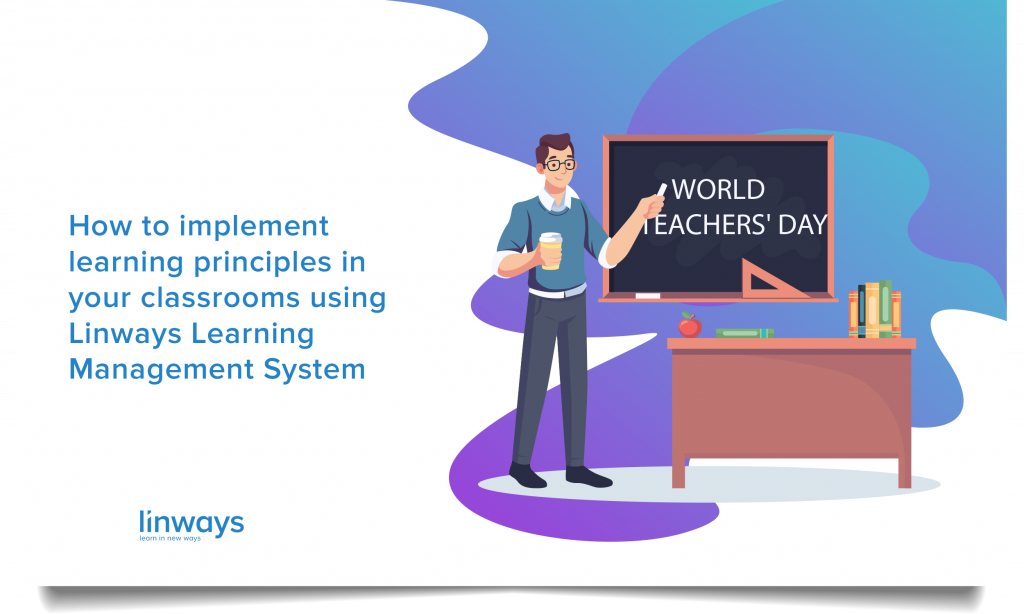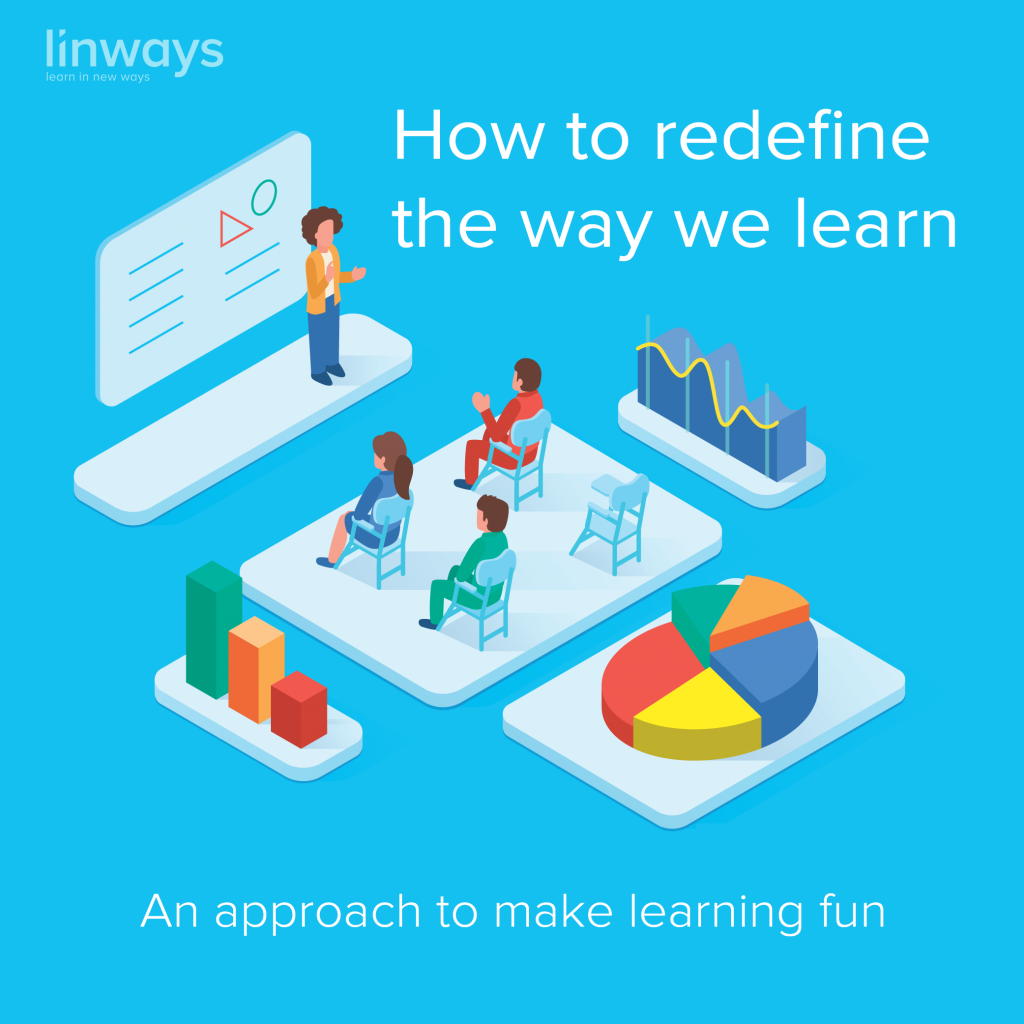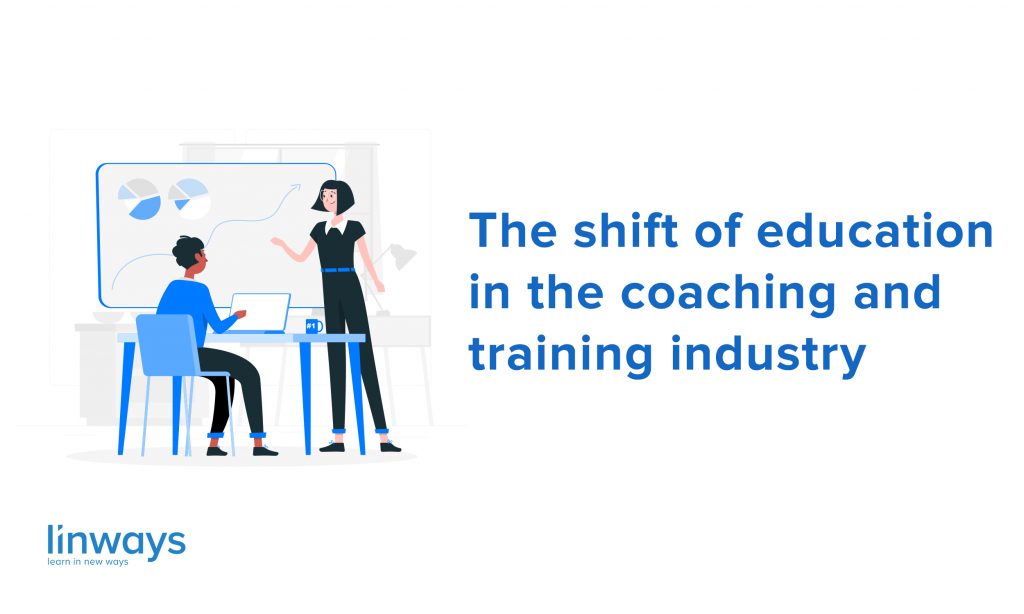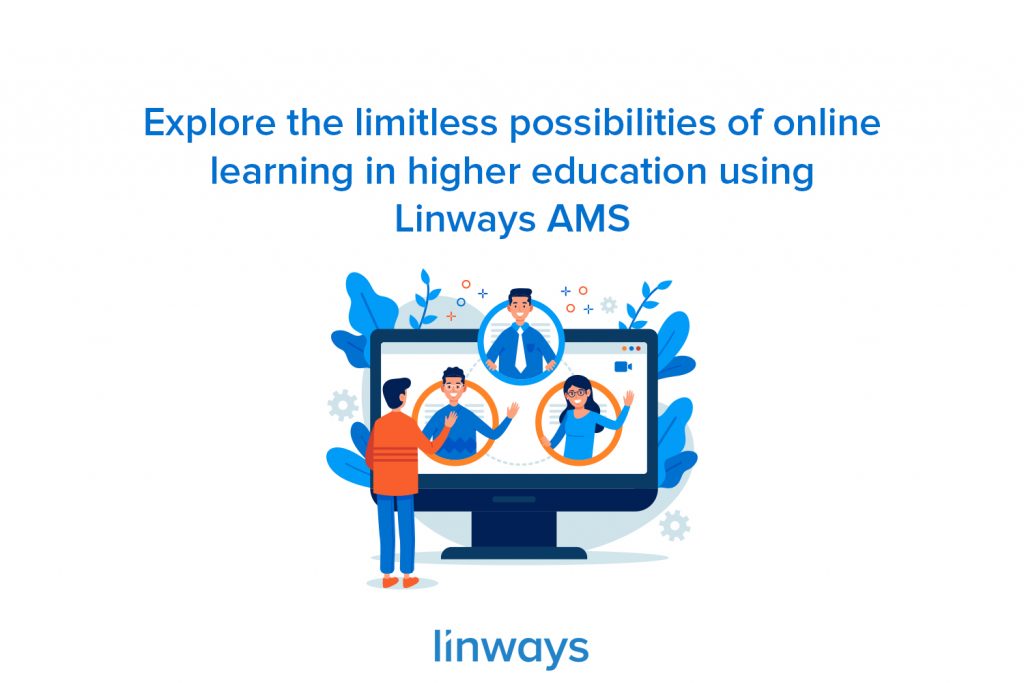
In the wide growing popularity of online learning and technology-assisted teaching-learning, it’s no wonder that learning management platforms like Linways LMS are being widely adopted by educational institutions, and teachers. So this time, we’re trying to make it easier for teachers and talk about how to apply some popular and very efficient learning principles in classrooms using Linways Learning Management System.
We will look at each of the learning theories and explain how we can implement those with the help of our efficient education Management platform.
We will start with the most popular, Outcome Based Education.
There are multiple workflows for implementing OBE. With Linways AMS, the whole process begins with the institution setting the vision and mission. The vision is an ideal somewhere which the college wants to reach in its journey. Somewhere towards all the efforts and actions are pointed at. The mission is a statement that defines its actions. The ‘how’ institution chose to reach that ideal place in the vision
The next step is to define and set the Program Outcomes (PO). A program Outcome is something that the graduates are supposed to have after completing their degree. So the institution convenes an expert committee that consists of HoDs, Deans, etc. to define the POs. Linways AMS help set these POs through the admin account
Once we set the POs, then we move on to the Course Outcomes (CO). They are the subject-level objectives that the students should be able to achieve in order to attain the POs. The COs are then mapped to their respective POs. Mapping of COs to POs is one of the most important steps in implementing OBE. So if a particular student is achieving any of the COs, the faculty can assess his/her performance as in if they will be able to achieve the respective POs in the long run or not.
Various assessment tools are used to evaluate the attainment of these COs. Some of the common assessment tools include exams, surveys, fieldwork, etc. To make this process smoother, Linways has a well-designed assessment functions. Teachers can themselves add assessment metrics into the system, create a question bank, and collaborate across departments with Linways. Then while creating the question papers or evaluation guidelines, teachers only have to simply select the questions from the previously created question bank or template. While doing so, the teacher can also select and map those assessments with various COs to which each question contributes
This way, Linways AMS ensures that there is sufficient relationship between the desired outcomes and the assessments. Every assessment is an evaluation of the attainment of the outcomes. On every step of the way, the teacher can immediately evaluate the status and performance of the student based on their outcome achievement data
To top it off, our detailed graphical representation of all these data helps the management to get a hold of everything with a single click. The stakeholders can get their reports on Outcome Based Education and, in turn, accreditation reports right away with ease. Since the data is regularly updated into the system, the teachers don’t have to painstakingly pull up data from old files, organize them over excel, calculate their values and finally print out the final results. Linways AMS does all these for them. We also support a mission to make our campuses paperless as a green environment initiative. So besides having the data at their fingertips, the faculty or stakeholders and also share these reports with their higher authorities for better collaboration and greater insights.
ADDIE model
If you want to know more about the ADDIE model before diving into its implementation, you can check out our previous blogs here.
Addies model, as you might already be familiar, is a systematic instructional design model consisting of five phases:
- Analysis,
- Design,
- Development,
- Implementation, and
- Evaluation.
When it comes to the application Linways AMS creates a well-developed workflow to help teachers get the most out of it
Let’s start with Analysis.
Analysis is all about identifying the learning obstacles, the goals, objectives, different needs of the learner’s current knowledge possessed by them, and any other relevant key points related to those.
Linways AMS offers detailed analytical engine and information windows to help the management to have a concise, yet insightful, overview of the course, students, faculty, and their performance metrics. This helps greatly in decision making and drawing informed analysis based on concrete data.
Then we move on to the Design phase.
Design is the phase in which the learning objectives are specified. Detailed plans and prototypes are often constructed. The design, user-interface, and the content are all determined in this phase
So with Linways AMS, the institution initially create the courses based on curriculum, and define desirable outcomes that the learner shall achieve by the end of the course. Linways AMS offers course planner, digital library, and outcome-based functions as we saw earlier to satisfy this phase
Next comes the development and implementation phase.
The actual production of the contents and learning materials that are based on the Design phase in done in the Development phase.
Teachers can deliver the course through Linways, or can make use of its rich features to manage the course delivery. They can upload lectures as video files, distribute course materials, offer practical sessions, conduct discussions etc. through Linways AMS. They can also update course plans to specify each method they’ve used to deliver a course for creating university reports/ auditing
Lastly, the Evaluation phase.
During evaluation, both formative and summative forms of evaluations are employed. Although formative evaluation is present in each stage of the ADDIE process, the presence of summative evaluation here contributes tests and other assessments designed for providing statistics and feedback from the learners. Revisions are also made necessary in this phase.
Linways AMS supports a wide range of assessments and a very detailed data depiction for maximum insight. Teachers can create manage whole exams, evaluate, and distribute marks through Linways. The institution can also publish rank lists through the AMS. Besides managing exams and online quizzes, Linways also hosts other assessment tools such as online discussions, assignments, projects, merit-based ranking, etc
While defining assessments and evaluation, Linways also helps faculty and institution to map the proposed outcomes to their respective assessments. So in the end, the stakeholders can easily view the attainment of outcomes based on different criteria. This is particularly helpful for accreditation from NAAC, NBA, etc
Bloom’s Taxonomy
Consider plotting assessments to the levels of Bloom’s taxonomy
As you go assessing your students and evaluating their performances, consider also giving points or grades to the levels themselves. This way, you can encourage students to move to the higher levels (Not that the lower level are “bad” or higher levels are “good”) of the pyramid with a sense of accomplishment.
The great thing about this strategy is that you can distribute the weight of execution with your students. This way, Bloom’s taxonomy becomes everyone’s concern and your students will have something to measure up to instead of it being some complex computation and planning that only the teacher does
Spending enough time on each level for better coverage
Modern aspects and outlooks have convinced us that memorizing is too conventional and has certain negative connotations in education. That’s not all true, we must say. Remembering things is a part of the learning process and it shouldn’t be overlooked. So even though memorizing is the basic step in terms of Bloom’s, try spending enough time you need in making sure that your students remember everything
Memorizing things can relieve load off the student’s cognitive functioning because it doesn’t take much time to recall as much as to process, analyze, and implement theory into the information at hand. In fact, such immediate access to the information can fasten the whole process and would only boost their ability to perform. So instead of barely brushing the lower levels and spending too much time on the higher levels, spend a definite amount of time on each of them so that your students have sufficient proficiency in each level.
Make use of technology to improve cognition
We have talked about using technology in many of our previous blogs, but that’s only because it really matters. Teachers should start using technology more often and more wisely in their teaching-learning to ensure proper progress and active participation. Communication platforms can be used to improve collaboration and encourage team efforts. Providing a space for the students to express themselves will help you to learn about their interests and about the results of your efforts
Bloom’s taxonomy, though revered very effectively by many experts from around the world, comes with more than enough data for a teacher to handle. There are outcomes, lesson planning, assessments, mapping, students information, performance reports, etc. and these may cause an overload in your daily routines. So try using academic management systems or learning management platforms to efficiently manage data
Try project-based learning
Project-based learning is a great way to improve student engagement and cognition. It’s even greater while trying to implement Bloom’s taxonomy in your classroom. All projects can be broken down into each level of the pyramid easily and this gives you, the teacher, a better mode of assessment. However, trying out project-based learning in classrooms can be tricky if you don’t have clear points of advancement that measures progress. So place each step of the project onto each level of Bloom’s taxonomy pyramid.
Sharing these tips and strategies to make education better is not just about Linways AMS. Our focus is on education and making learning better for all. As we state in our vision, we exist to improve the way the world is learning with the help of technology. So please let us know what you think of these topics, and we’ll be sure to take your suggestions in and make it better with our next piece of content.
Also published on Medium.




